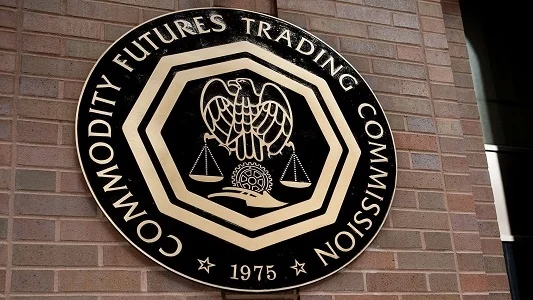ANALYSIS: LME electronic market reforms to support options ambitions
19th August, 2025|Radi Khasawneh

The London Metal Exchange has said the latest moves to boost electronic trading should help pave the way for the LME to develop its options market.
“What we are trying to achieve here is to reinforce and support liquidity in the core futures market,” David Mears (pictured) said in an interview. “That transparency, price competition and liquidity in the futures market will then allow us to take steps to deliver an electronic options platform to go alongside the healthy inter-office market that we have right now.
“So at some point we have ambitions to launch a full premium-quoted option market on screen.”
The LME confirmed on Friday it will launch automated crossing in February next year ahead of new block trading thresholds later in the quarter that will mean more trading and reporting on its electronic system.
“We are seeing strong participation from the financial community, so that positive engagement and confidence from that sector has been a trend and that has led to an incremental increase in electronic liquidity over the last few years,” he said. “The main thing about LMEselectv10 is that it gives these firms confidence in trading electronically and running strategies on the LME market.”
In a major boost to the LME's options ambitions, Optiver joined last Thursday the exchange as a category 4 member, allowing the Dutch options trading giant electronic access to the exchange’s metal market.
The exchange also said last week it will deliver early next year optimised tick sizes and a liquidity program to support the new electronic block market.
“We very much see this as the next step in our modernisation journey,” Mears added. “We delivered a new closing price methodology in the first quarter of last year, and as a result of that we have seen an increase in volume and participation contributing to that price formation process which has been positive.
“Added to that we have completed the migration to the new trading platform, with more functionality and the ability to handle more throughput, and we actually saw a good example of that in April. That puts our destiny in our own hands in terms of delivering incremental change, which is really important for this overall package of liquidity measures that we are now implementing.”
Average daily volume stood at 733,620 contracts for the three months to the end of June, according to FOW data, a 0.4% rise on the same period last year.
Trading in July totalled daily average of 700,183 lots, the data shows, 2% higher than the same month last year. Of that volume total, just 28,422 lots (4%) were options trades, which makes LME's options book small compared to other commodity futures markets.
The LME consultation on the new measures involved 150 different client engagements in the first phase of market outreach alone, Mears said.
“We have listened to the market where they have talked about the complexity of the solution that we proposed,” he added. “Specifically, the need to categorise each trade below the block threshold has been adjusted to avoid disruption to the way people book trades on the LME market.
“In collaboration with the market, we have worked to recognise a simplified framework that allows them to more easily book complex trades without additional manual processes or disruptive impact.”
The Hong Kong Exchanges and Clearing-owned firm has said it will support its core physical market by excluding cash and daily date trades from the block rule, and expand the definition of short-dated carry trades to allow firms to roll short-term hedge positions on physical contracts.


